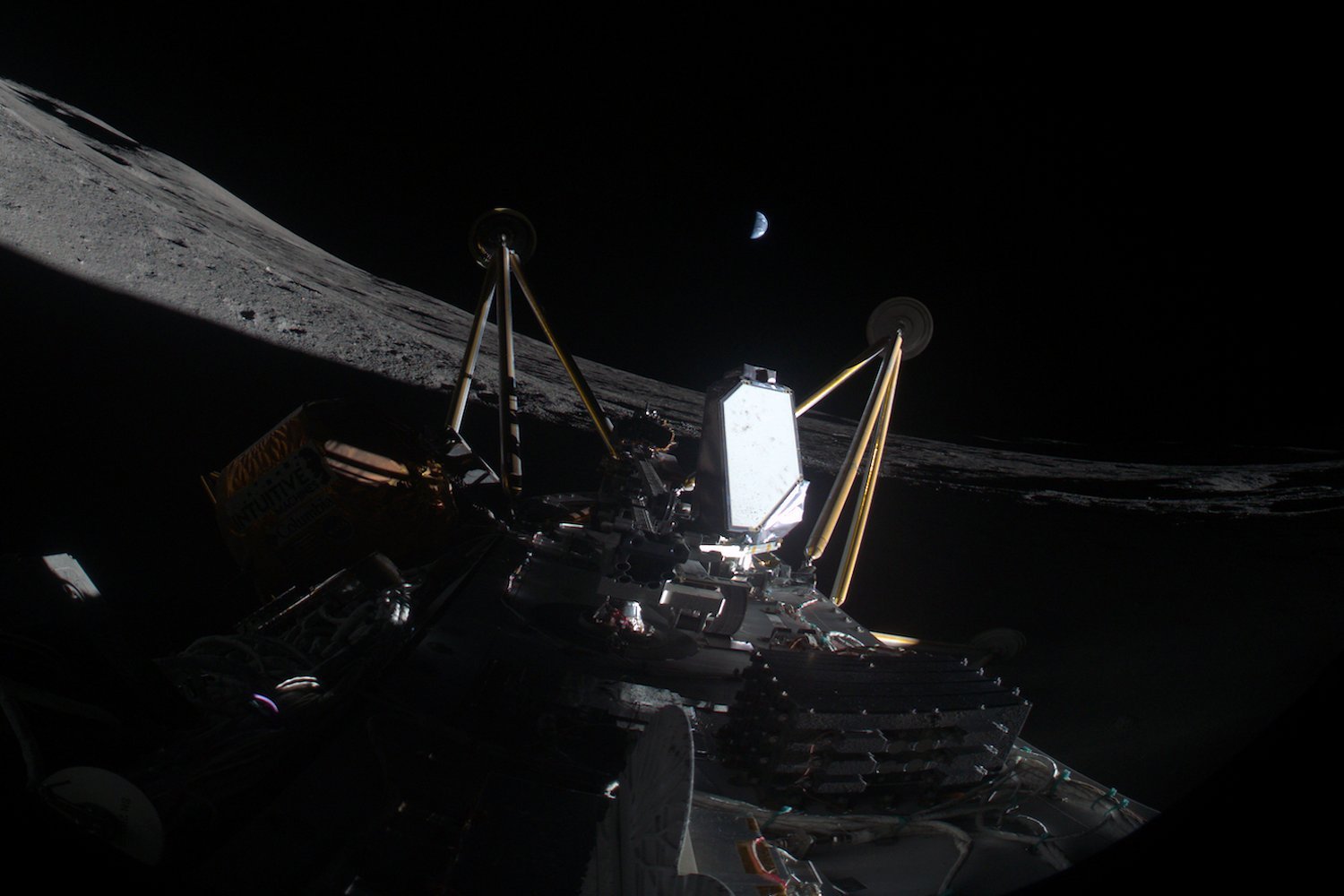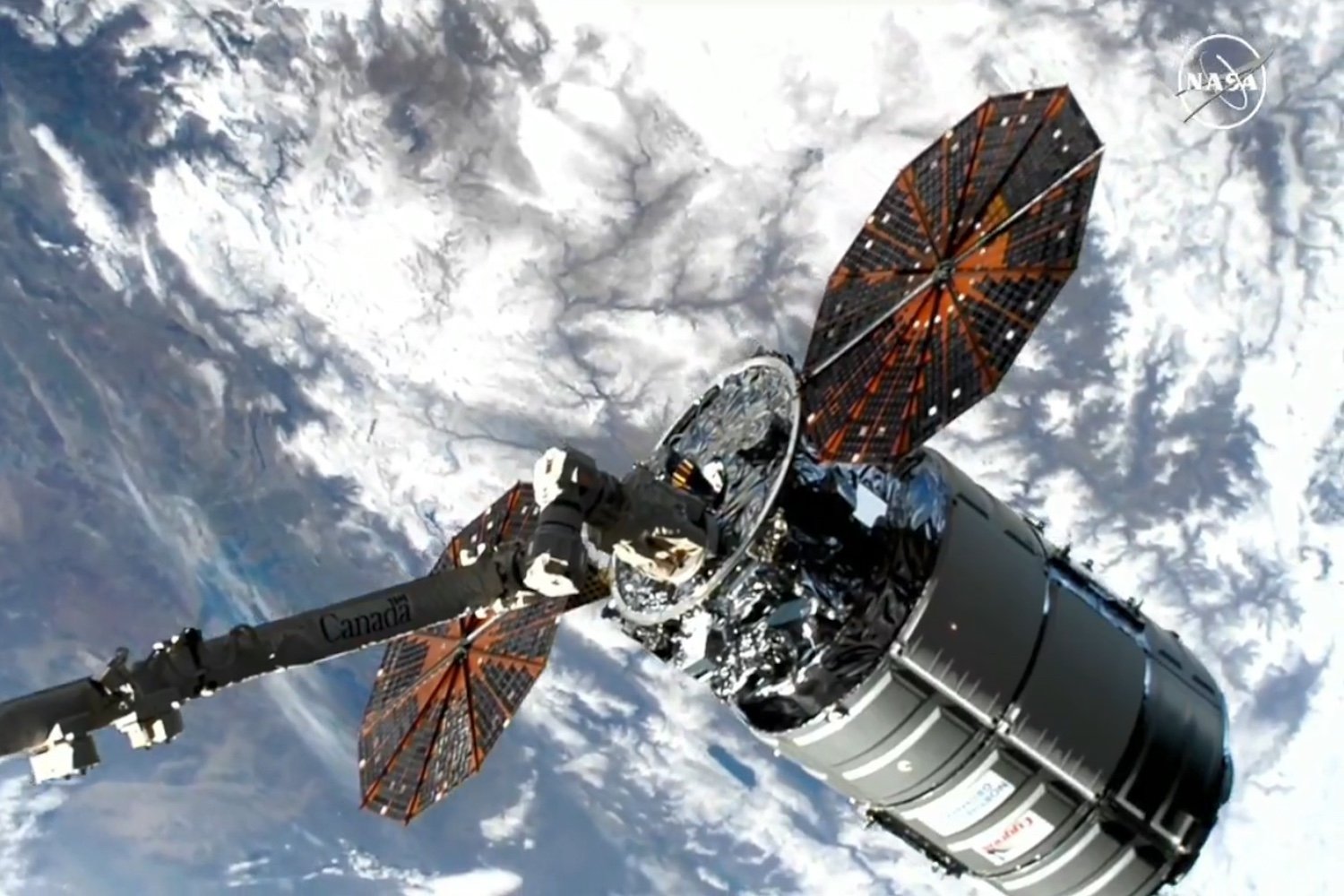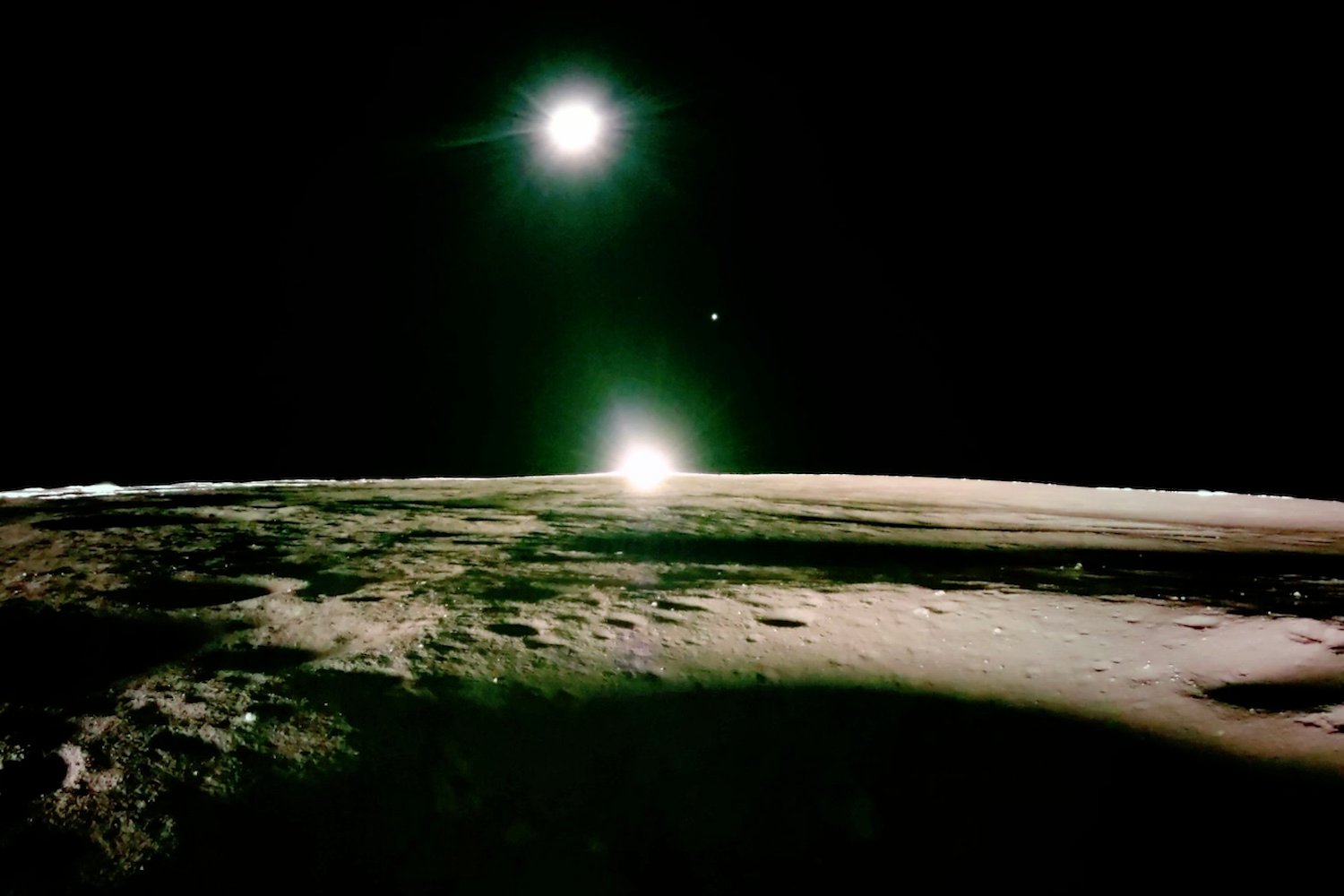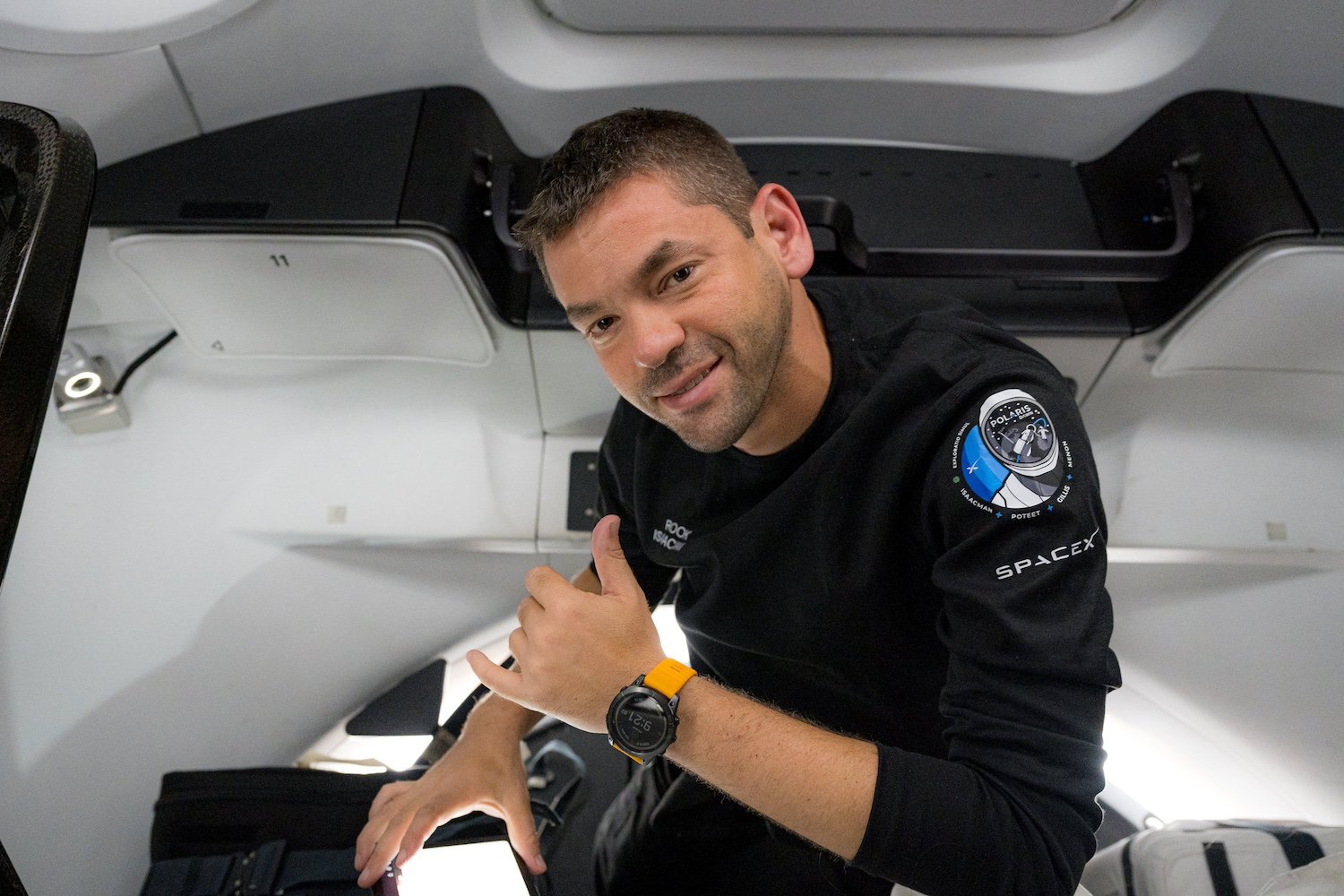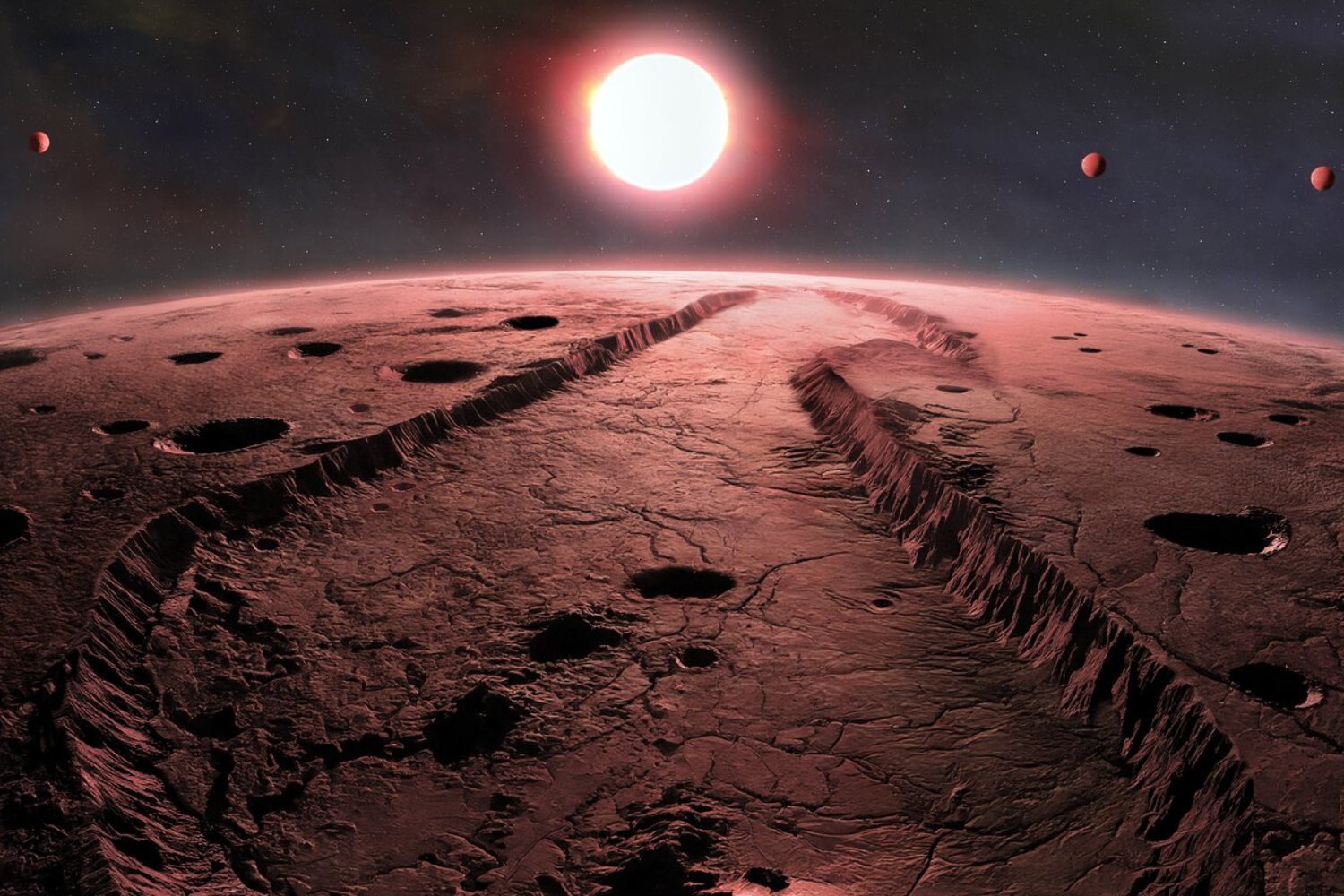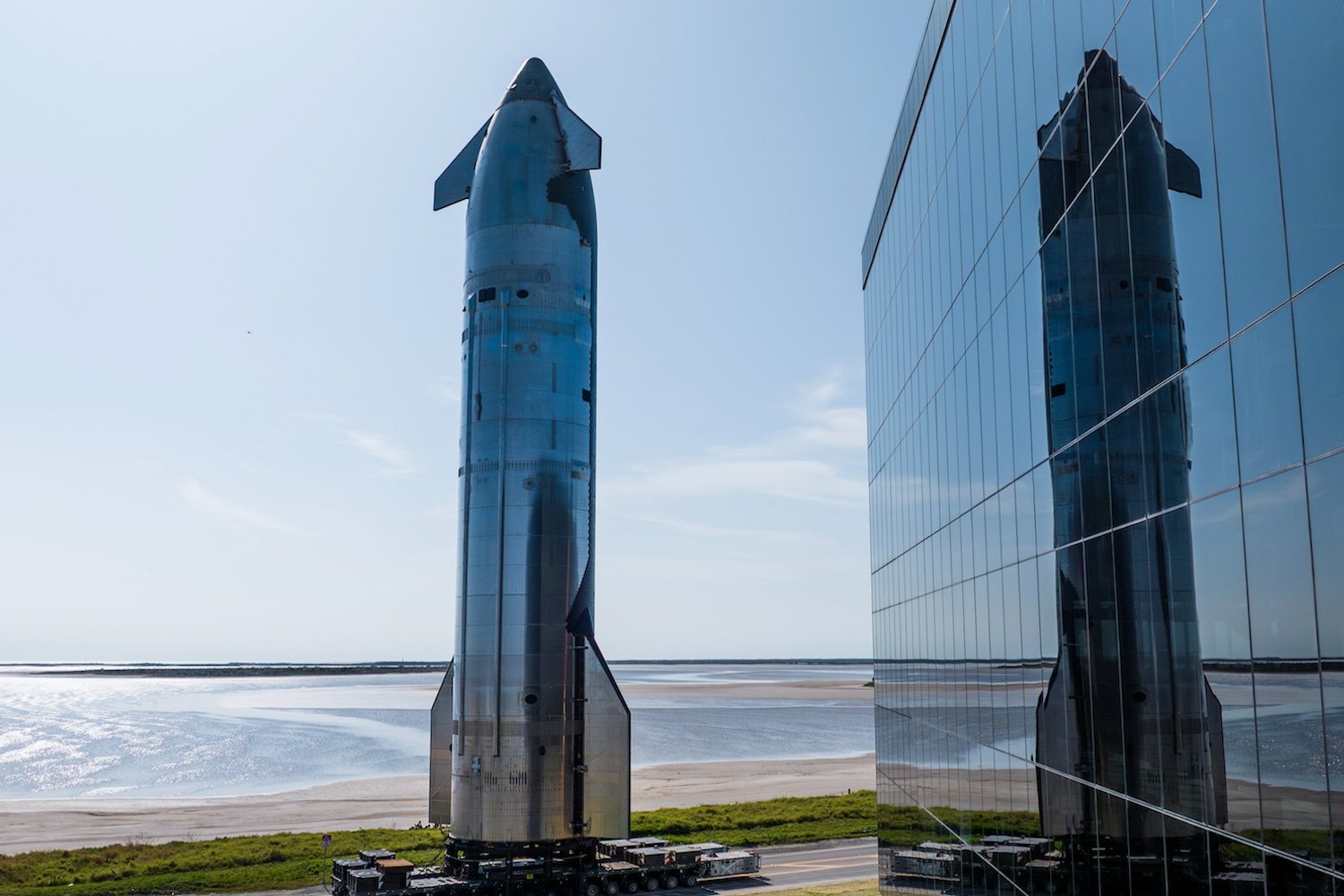Intuitive Machines’ lunar lander, Athena, has concluded its mission less than a day after its touchdown on the Moon. The spacecraft landed sideways within a crater, hindering its ability to recharge its batteries, ultimately leading to the mission’s premature end.
Athena landed on Thursday at approximately 12:30 p.m. ET, roughly 250 meters away from its intended landing site in Mons Mouton, a region located in the Moon’s southern pole. Images transmitted from the lander confirmed its sideways position inside a crater, and subsequent analysis revealed depleted batteries.
“Given the sun’s direction, the solar panels’ orientation, and the extremely cold temperatures within the crater, Intuitive Machines does not anticipate Athena will recharge,” the company stated in an update on Friday. “The mission has concluded, and teams are continuing to assess the data collected throughout the mission.”
This marks the second instance of an Intuitive Machines lander tipping over on the lunar surface, posing a setback for the company’s ambition to establish regular payload deliveries to the Moon.
A Rocky Landing and a Shortened Mission
Athena launched on February 26 aboard a SpaceX Falcon 9 rocket as part of NASA’s Commercial Lunar Payload Services (CLPS) program. The lander carried a suite of NASA scientific tools and instruments, including a Micro-Nova robot named Grace, designed to hop in and out of lunar craters.
After entering lunar orbit on Monday, Athena initiated its descent. Following a tense landing phase, Intuitive Machines worked to determine the lander’s orientation. “We don’t believe we’re in the correct attitude on the surface of the Moon yet again,” Intuitive Machines CEO Steve Altemus stated during a press briefing on Thursday. “I lack the complete data to definitively state the vehicle’s attitude.”
Initially, Altemus held onto hope for some operational capacity on the Moon’s surface. “We will collaborate closely with NASA’s science and technology teams to prioritize science objectives and determine the mission’s future direction,” he said on Thursday. However, this optimism has now faded with the confirmation of Athena’s inability to recharge.
A Second Setback for Intuitive Machines
This incident echoes a similar experience with Intuitive Machines’ first lunar lander, Odysseus, launched in February 2024. Odysseus successfully reached the lunar surface but also encountered a problematic landing. Potentially snagged by a leg during descent, Odysseus toppled onto its side, resting against a rock. Despite this, the mission operated for seven days, marking a historic achievement as the first private lunar landing.
Looking Ahead
The premature conclusion of Athena’s mission is a disappointing outcome. However, Intuitive Machines remains committed to its lunar ambitions, with plans for a third mission later this year. The company hopes for a more successful upright landing on this upcoming attempt.



